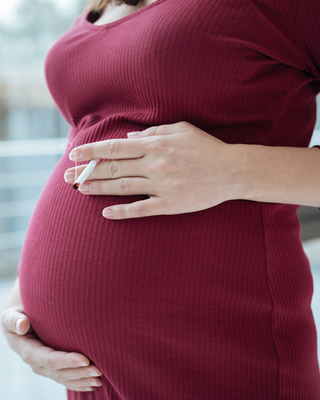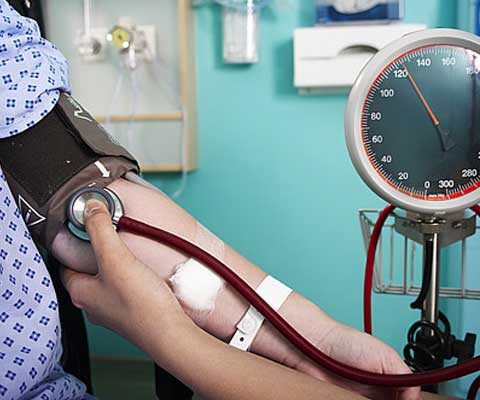Health Promotion in Pregnancy (Smoking) Part 1: Basic Principles course for Nurses



This session presents the attitudes towards smoking and reasons why people smoke, the impact of side stream smoke on non-smokers and the health effects of smoking on the fetus, neonate and infant. It progresses to define approaches and actions to support adults to cease smoking.
Learning objectives
By the end of this session you will be able to:
- Identify the most common reasons why people smoke
- Outline the impact of sidestream smoke upon non-smokers
- Describe the prevalent attitudes held about sidestream smoke
- Outline the effects of smoking on the health and development of the fetus, neonate and infant
- Describe evidence-based preventative interventions
- Outline smoking cessation promotion, approaches and actions in different situations
- Describe the model of behaviour change
- Describe evidence-based preventative interventions
- Outline tobacco dependence treatment, approaches and actions in different situations
- Describe the current model for tobacco dependence treatment in pregnancy
Smoking is a national addiction and a national killer. Smoking is uniquely harmful, causing damage not only to smokers themselves, but also to the people around them. Smoking is one of the main drivers of health inequalities in England, with the harm concentrated in more disadvantaged communities and groups. People who live in the most deprived communities are twice as likely to smoke as people who live in the least deprived areas
Before commencing this session you should complete the HCP session:
- Health Promotion/Basic Principles of Health Promotion (402-0058)
Lydia Oliver is a Specialist Paediatric Trainee (Year 2) based in Nottingham. She is a Nottingham graduate with a passion for health promotion in children and their families. She works with a wide spectrum of people and believes strongly that direct and environmental tobacco exposure is one of the major preventable causes of morbidity and mortality in our population and their children. Due to this, she is partnering with you the learner to promote smoking cessation in your sphere of influence.

- Anaesthesia | Trauma | Circulatory shock in trauma...
- Posted By eIntegrity Healthcare e-Learning
- Posted Date: 2024-11-18
- Location:Online
- This session describes the clinical features and physiological responses to traumatic haemorrhagic shock. It also summarises the current understanding of the underlying pathophysiology and approaches to the management of these critically unwell patients.
- Anaesthesia | Trauma | Thoracolumbar spinal injuri...
- Posted By eIntegrity Healthcare e-Learning
- Posted Date: 2024-11-18
- Location:Online
- This session describes the pathophysiology surrounding thoracolumbar spine injury, the physiological consequences of such trauma and the management of unstable injury.
- Anaesthesia | Trauma | Management and effects of r...
- Posted By eIntegrity Healthcare e-Learning
- Posted Date: 2024-11-18
- Location:Online
- This session reviews the physiology relevant to intracranial pressure (ICP) and describes the causes and effects of raised ICP. Techniques of ICP monitoring and the use of ICP- and cerebral-perfusion-pressure-guided therapies are discussed.
- Anaesthesia | Trauma | Traumatic brain injury: an ...
- Posted By eIntegrity Healthcare e-Learning
- Posted Date: 2024-11-18
- Location:Online
- This session contains a link to the BJA Education article followed by a series of self assessment multiple choice questions.<br><br>The article will open in a new window or tab depending on your browser.<br><br> CPD credits are awarded by the RCoA for the
- Anaesthesia | Trauma | Principles of the managemen...
- Posted By eIntegrity Healthcare e-Learning
- Posted Date: 2024-11-18
- Location:Online
- This session provides an overview of the fundamental principles of the management of moderate and severe traumatic brain injury, concentrating on the hours immediately post-injury. After discussing classification of head injury the session covers assessme







